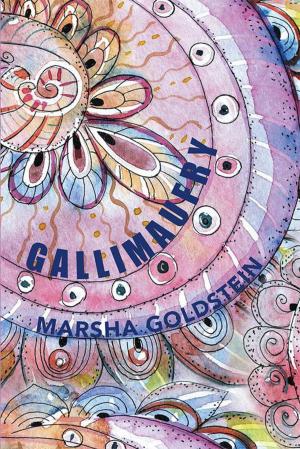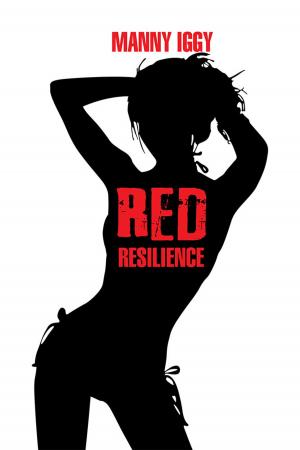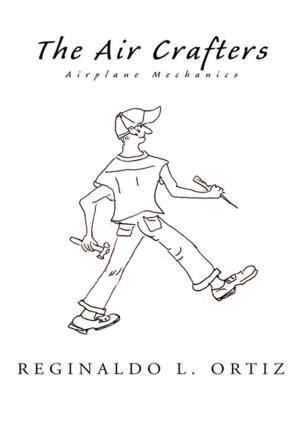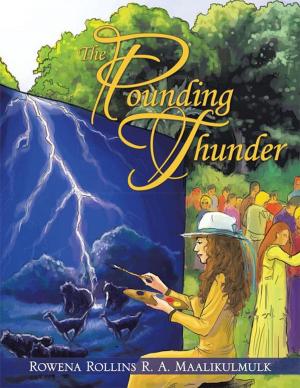Color Expressions: an Art Educational Voyage
An Art Educational Voyage
Nonfiction, Art & Architecture, General Art, Colour, Biography & Memoir, Artists, Architects & Photographers| Author: | Dr. Lonnie G. Ford | ISBN: | 9781462803750 |
| Publisher: | Xlibris US | Publication: | August 28, 2009 |
| Imprint: | Xlibris US | Language: | English |
| Author: | Dr. Lonnie G. Ford |
| ISBN: | 9781462803750 |
| Publisher: | Xlibris US |
| Publication: | August 28, 2009 |
| Imprint: | Xlibris US |
| Language: | English |
Several years ago, I enrolled in a graduate course on educational research that focused on closing the achievement gap for African-American children. The course was structured to explore issues, causes and concerns for the achievement gap. Studying different educational outcomes, reading books and articles, we regularly shared our insights about some leading causes. Most importantly, we were instructed to stay within our subject areas when finding any contributions to that gap. In my attempt to complete the assignment of researching possible causes, in my discipline of art education, I found myself frustrated and angry. Why? There were no research studies exploring how art education was a part of the equation leading to solutions in closing the gap. In addition, there were no basic instructions or curricula designed to make connections to the art student to develop critical thinking skills or to incorporate the use of students life experiences for learning. Furthermore, I felt that art education was used as a testing ground in urban schools, like the Chicago Public Schools using Teaching Artists to teach art with no teaching certification or teaching qualifications (Booth, 2003). The purpose of this approach was to use their knowledge and practices of art to influence change in students learning. This kind of experiment branched away from any real effort to integrate art education and truly recognize it as a viable core subject area. While conducting research for the course, I found that researchers defined the achievement gap between white and African-American students solely in terms of the four core subjects of math, science, social studies, and language arts, with no attention given to art education (e.g., Berlak, 2001, Honig, 2001, Limn, 2000, Sacks, 2000). A study by the National Black Caucus entitled Closing the Achievement Gap: Improving Education Outcomes for African American Children (November, 2001) reports: Make improving the literacy skills of students a top priority. Students who cannot read will experience little success in school. Reading is the key to academic achievement in every subject, ranging from math and English to science and history. We must put reading first by finding initiatives and programs designed to strengthen the reading skills of students, particularly low-performing students. Again, there was no mention of art. As both an African-American and an art teacher, I found it very disturbing that the recommendations of many national and local art educational organizations and schools failed to address the importance of teaching art education in African-American urban school settings. My dissertation research ultimately arose from this concern.
Several years ago, I enrolled in a graduate course on educational research that focused on closing the achievement gap for African-American children. The course was structured to explore issues, causes and concerns for the achievement gap. Studying different educational outcomes, reading books and articles, we regularly shared our insights about some leading causes. Most importantly, we were instructed to stay within our subject areas when finding any contributions to that gap. In my attempt to complete the assignment of researching possible causes, in my discipline of art education, I found myself frustrated and angry. Why? There were no research studies exploring how art education was a part of the equation leading to solutions in closing the gap. In addition, there were no basic instructions or curricula designed to make connections to the art student to develop critical thinking skills or to incorporate the use of students life experiences for learning. Furthermore, I felt that art education was used as a testing ground in urban schools, like the Chicago Public Schools using Teaching Artists to teach art with no teaching certification or teaching qualifications (Booth, 2003). The purpose of this approach was to use their knowledge and practices of art to influence change in students learning. This kind of experiment branched away from any real effort to integrate art education and truly recognize it as a viable core subject area. While conducting research for the course, I found that researchers defined the achievement gap between white and African-American students solely in terms of the four core subjects of math, science, social studies, and language arts, with no attention given to art education (e.g., Berlak, 2001, Honig, 2001, Limn, 2000, Sacks, 2000). A study by the National Black Caucus entitled Closing the Achievement Gap: Improving Education Outcomes for African American Children (November, 2001) reports: Make improving the literacy skills of students a top priority. Students who cannot read will experience little success in school. Reading is the key to academic achievement in every subject, ranging from math and English to science and history. We must put reading first by finding initiatives and programs designed to strengthen the reading skills of students, particularly low-performing students. Again, there was no mention of art. As both an African-American and an art teacher, I found it very disturbing that the recommendations of many national and local art educational organizations and schools failed to address the importance of teaching art education in African-American urban school settings. My dissertation research ultimately arose from this concern.















